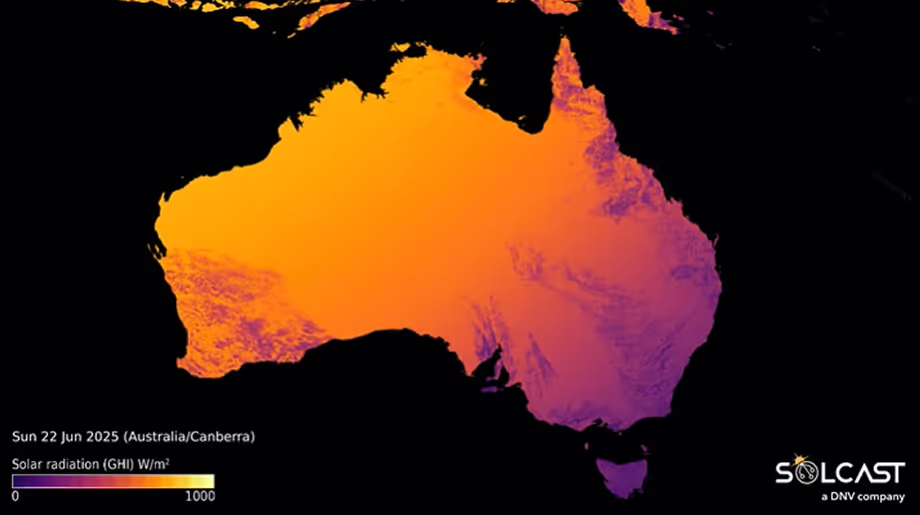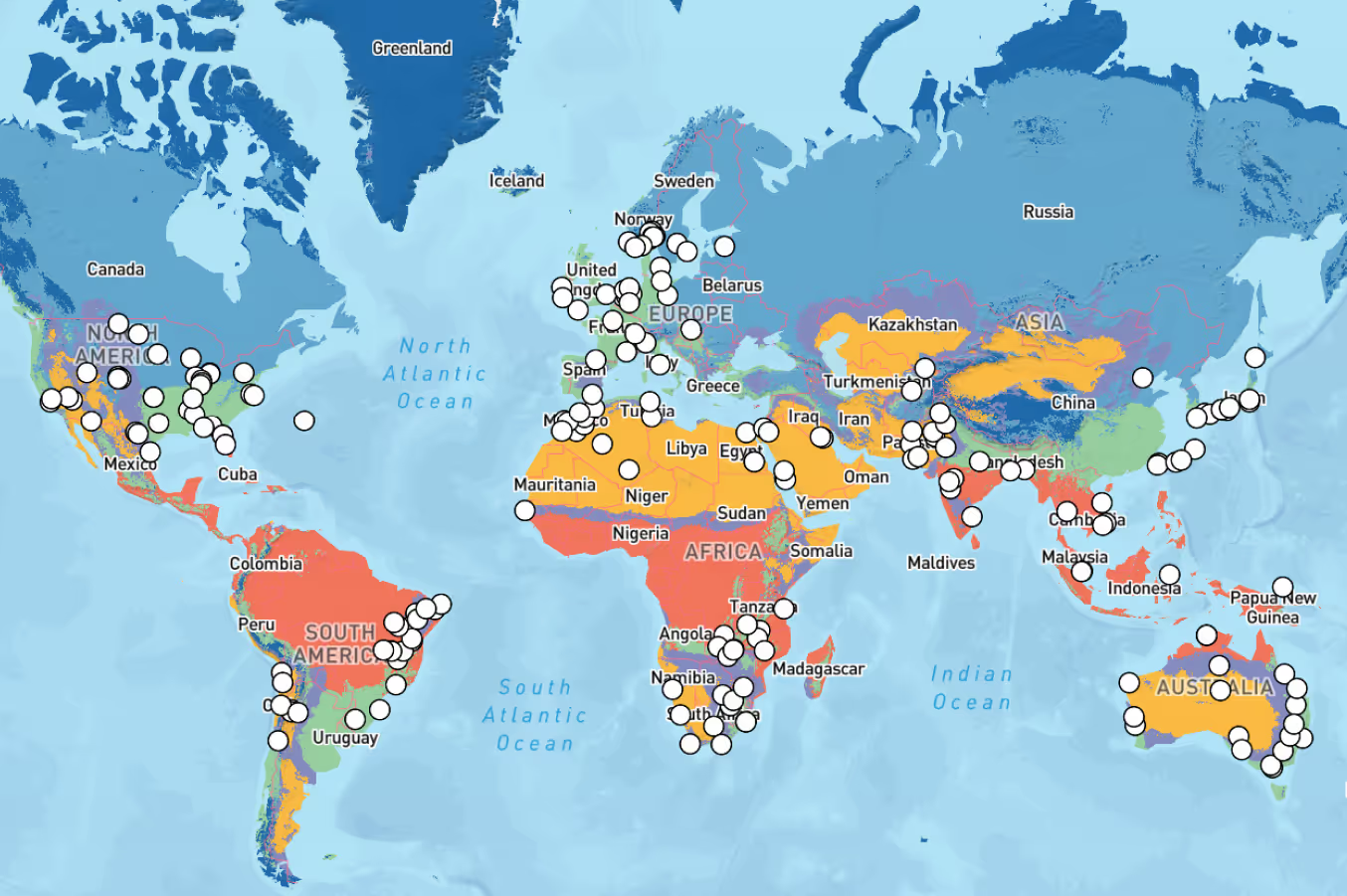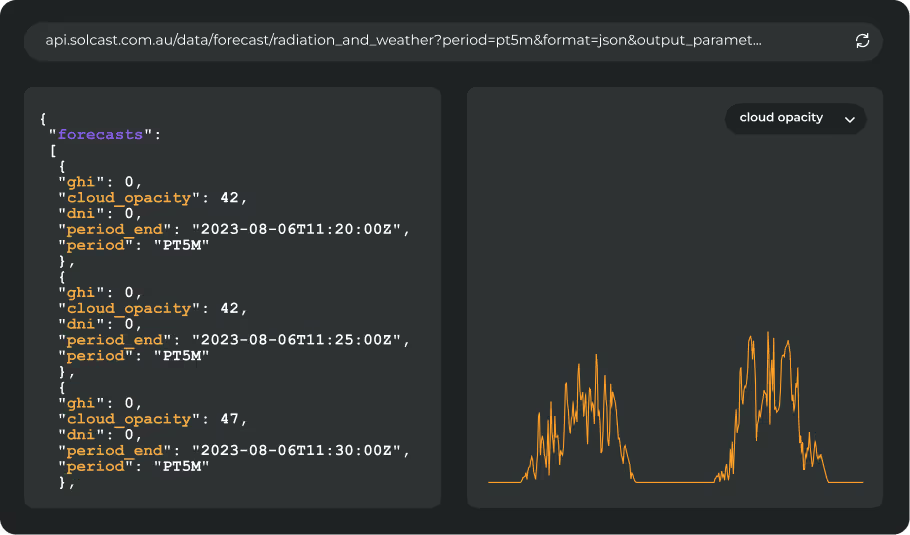Diverse weather conditions across Asia resulted in varying solar impacts in July. Typhoon Gaemi led to decreased irradiance across the Philippines, and a record-breaking monsoon season in India dropped average irradiance by 10% across most of the country. Meanwhile, parts of China and Japan saw increased irradiance due to a strong subtropical ridge.

Besides their extreme winds which can devastate power infrastructure, typhoons bring heavy rain and cloud, leading to lowered irradiance. Typhoon Gaemi was no exception, impacting irradiance levels in the Philippines in mid-July. The monthly mean irradiance was down by 10% from long term July averages.
Gaemi formed over the Pacific Ocean to the west of the Philippines, in an area with warm sea surface temperatures 1 to 2°C above the July average.

Tracking northwest under the influence of a mid-atmospheric pressure ridge, Typhoon Gaemi moved past the Philippines, and went on to impact Taiwan before weakening over the Fujian province of China. Apart from the typhoon’s irradiance impacts along its track, Taiwan and much of China experienced increased sunshine in the first half of the month, with less than half the average rainfall leading to average or above average irradiance for much of Eastern China.
India experienced an above-average monsoon season, with the southwest monsoon spreading across the subcontinent by July 2, about a week earlier than usual. This early onset led to higher-than-normal rainfall in July, as moist southwesterly winds brought significant precipitation. Some regions saw daily rainfall averages of up to 20mm, nearly double the usual amount, resulting in a 10% decrease in irradiance across the south of the country. The west coast of the country was hit particularly hard, seeing the biggest irradiance reductions, and Delhi recorded a near 90-year record with 280mm of rainfall in a single day in June.

In contrast, China and Japan recorded their warmest July on record due to an abnormally strong subtropical ridge. This atmospheric condition reduced cloud cover and led to increased sunshine, resulting in irradiance anomalies of over 15%. Temperatures soared above 38 degrees celsius across Japan, while Hong Kong experienced a monthly mean minimum temperature of 28 degrees celsius.
Track weather conditions, cloud movements, and irradiance-influencing factors that impact your solar generation. Access bankable actuals and accurate forecasts when you sign up for a Solcast API toolkit. You can reach out to our team for an extended trial.










.avif)


